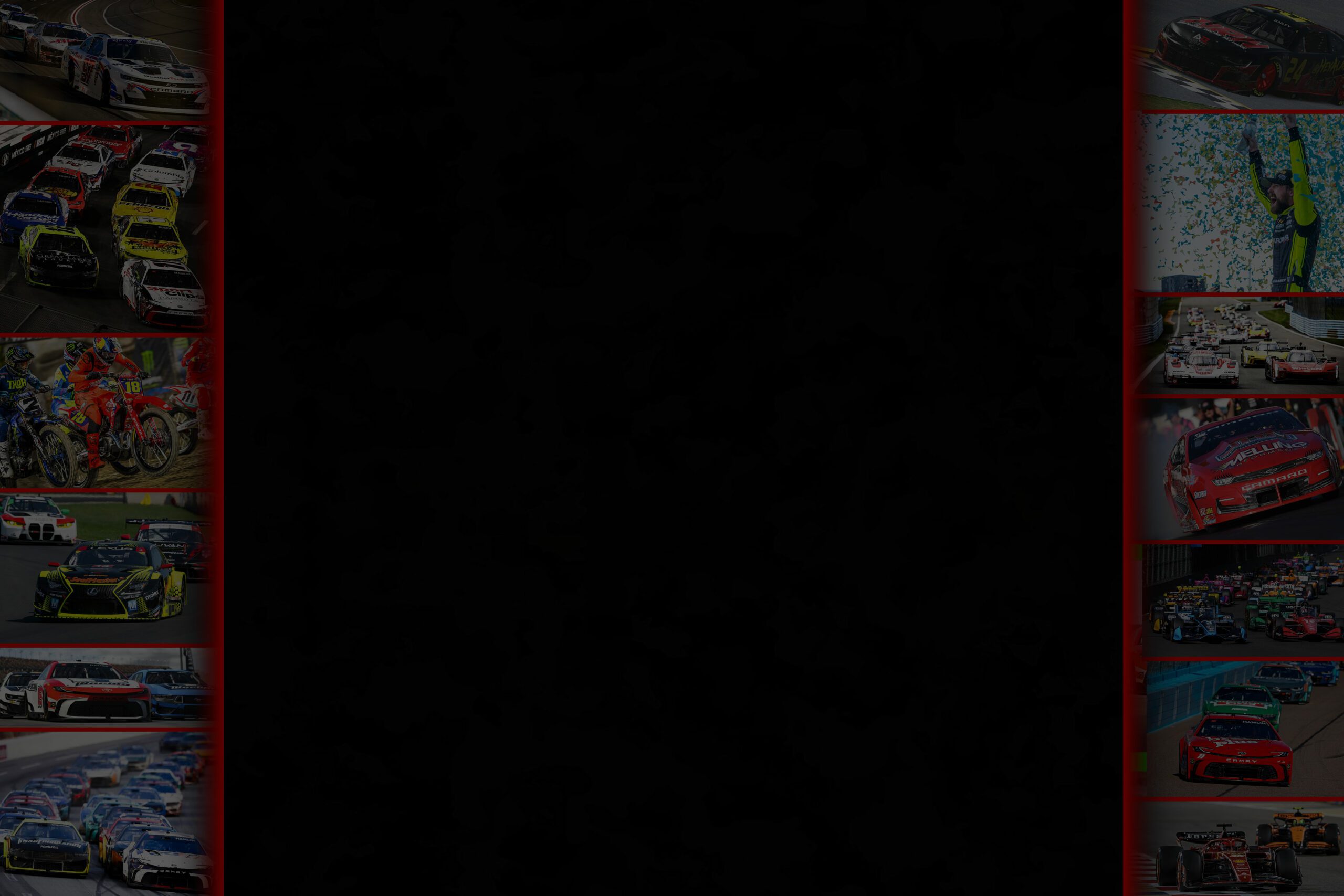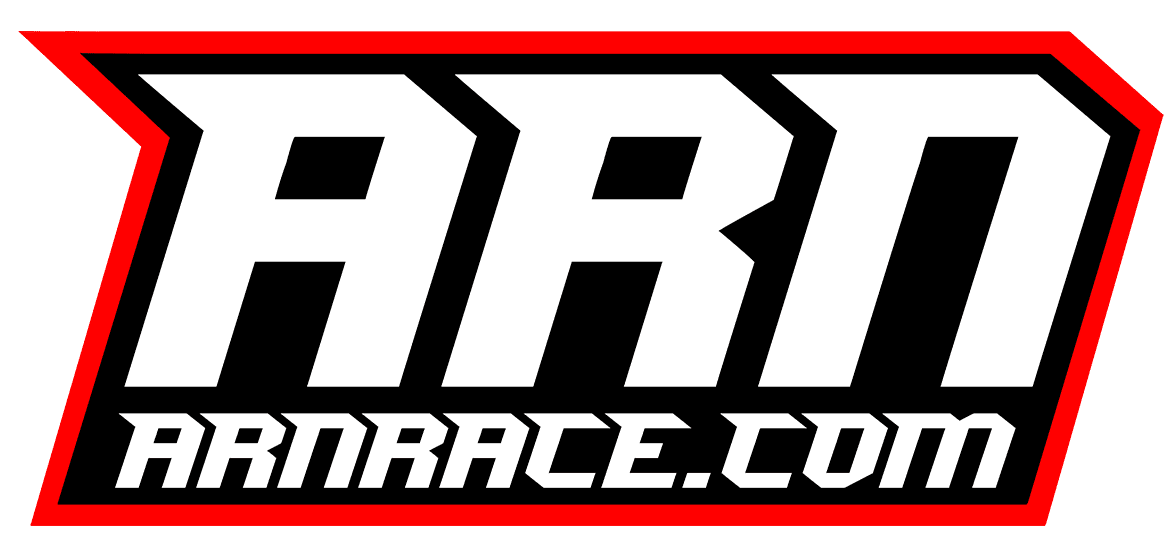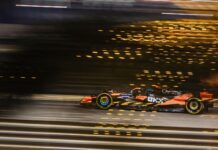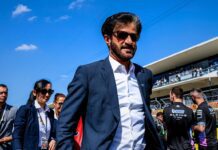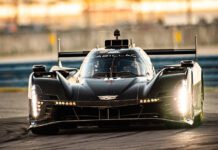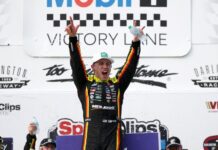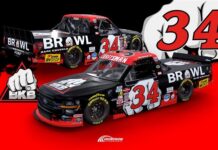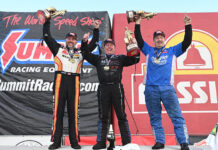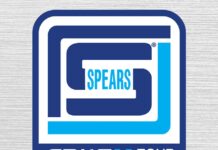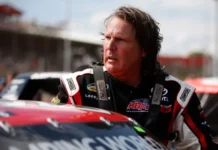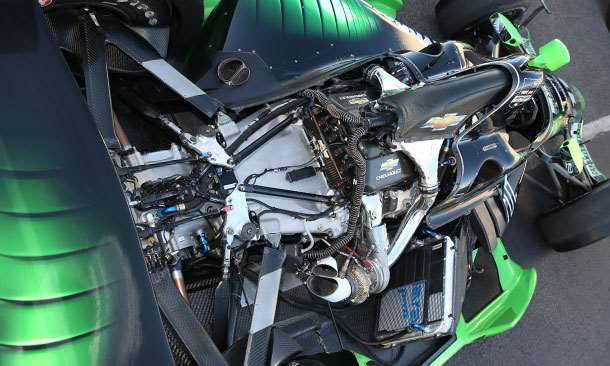Scott Dixon surpassed the engine mileage threshold in the No. 9 Target Chip Ganassi Racing Chevrolet during the May 3 morning practice on the Indianapolis Motor Speedway oval and added 128 miles on the second engine in the four-hour afternoon session.
The three-time Verizon IndyCar Series champion and 2008 Indianapolis 500 winner wound up fourth on the combined practice speed chart at 225.881 mph (39.8440 seconds).
A. It says a lot about his crew. B. It says a lot about the manufacturer not missing a beat with engine No. 2 and the durability of No. 1.
“There is high confidence in a brand new engine and it’s business as usual,” INDYCAR director of engine development Marvin Riley said. “Every engine has been run on the dyno for an extended amount of time for quality assurance and power checked before it comes to the car.”
Tony Kanaan of Chip Ganassi Racing Teams and Team Penske’s Will Power and Simon Pagenaud with Chevrolet power joined Honda drivers Graham Rahal of Rahal Letterman Lanigan Racing, Carlos Munoz of Andretti Autosport and Gabby Chaves of Bryan Herta Autosport in meeting the 2,500-mile engine change-out mark on Opening Day on the 2.5-mile oval.
They’ll have engine No. 2 of four allotted for the Verizon IndyCar Series season installed for the first practice May 7 of Angie’s List Grand Prix of Indianapolis on the 2.439-mile, 14-turn Indianapolis Motor Speedway road course.
Others with the Chevrolet 2.2-liter, twin-turbocharged, direct-injected V-6 engine who should collect enough miles to be eligible for the second engine before the 200-mile race May 9 include Team Penske’s Juan Pablo Montoya and Helio Castroneves, and CFH Racing’s Josef Newgarden. It’s not as clear cut, according to Riley, for CFH Racing’s Luca Filippi (2,339 miles) and KVSH Racing’s Sebastien Bourdais (2,327 miles).
Schmidt Peterson Motorsports’ James Hinchcliffe and James Jakes are the only ones of the other nine Hondas entered that will crack the threshold this weekend.
Total current miles for each entry is in chart below.
Components open to change under the homologation regulations include pistons, valves and the valve train, which Riley said are likely upgrades to the second engines of both manufacturers to be used for Indianapolis 500 practice next week.
Honda receives 10 bonus points in the Manufacturer Championship for the Nos. 15 (Rahal), 26 (Munoz) and 98 (Chaves) entries reaching the 2,500-mile durability mark, and others will follow suit early next week.
None of the Chevrolet entries are eligible for bonus points for engine No. 1 because of Rule 10.6.4.4 of the Verizon IndyCar Series rulebook: Twenty points will be deducted for an engine undergoing a non-minor repair that requires a component change. Chevrolet Racing informed INDYCAR that it discovered a durability issue and made non-minor repairs following the season opener March 29. An additional 20 points were deducted from the No. 83 Novo Nordisk Chip Ganassi Racing Chevrolet, according to Rule 10.6.4.3: Twenty points will be deducted from an engine failing to complete its engine life cycle. The car driven by Charlie Kimball turned 158 miles on engine No. 2 on May 3.
Overview of regulations from the Verizon IndyCar Series rulebook
16.1.4 Each full-season entrant is allowed four fresh-built engines from the season start of a given season until the season start of the following season. Engines beyond the fourth fresh engine may be fresh or part-used but are not eligible for Engine Manufacturer points.
16.2.1 The full-season entrant engine mileage allotment is 10,000 total miles, from the season start of a given season until the season start of the following season.
16.5.3 After qualifying is complete at any event, any engine that would exceed 2,850 miles prior to the end of the scheduled race distance may be changed without a penalty.
